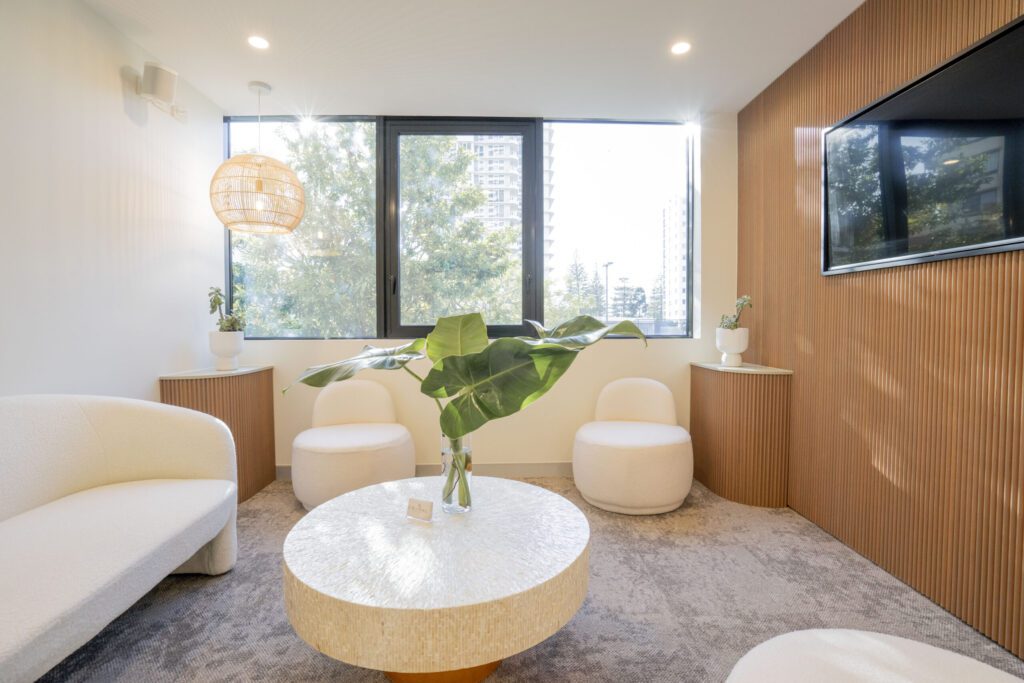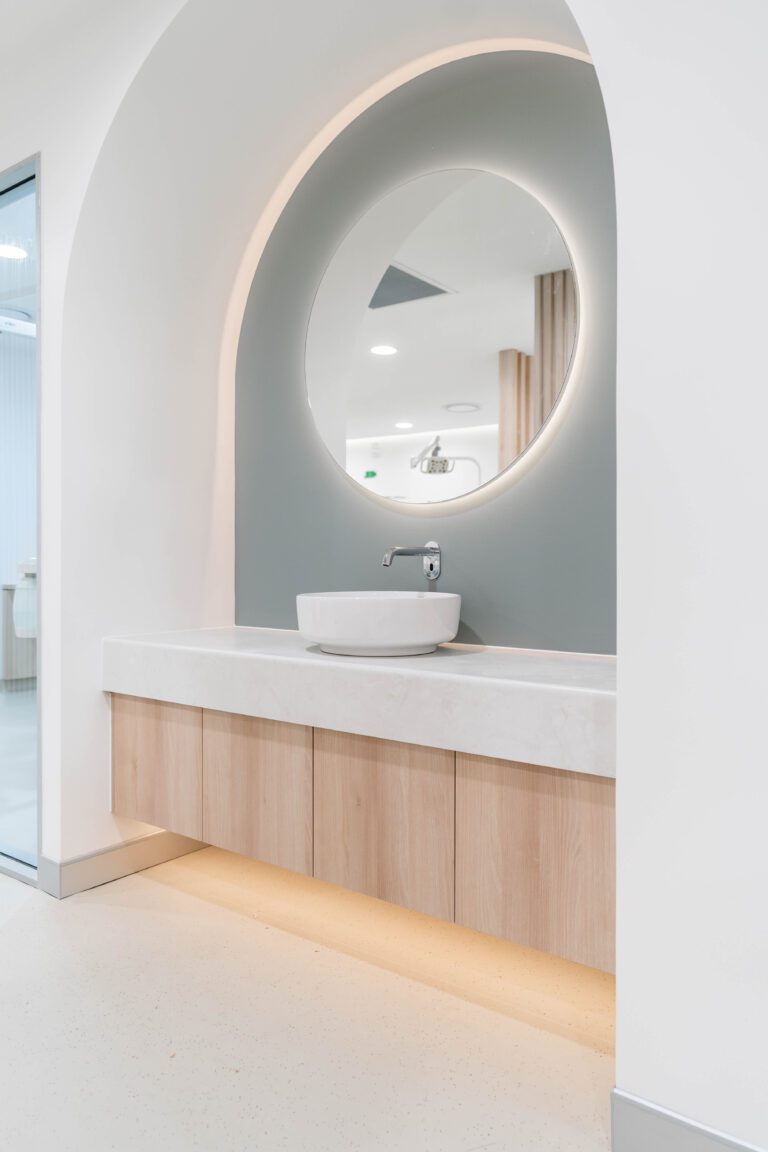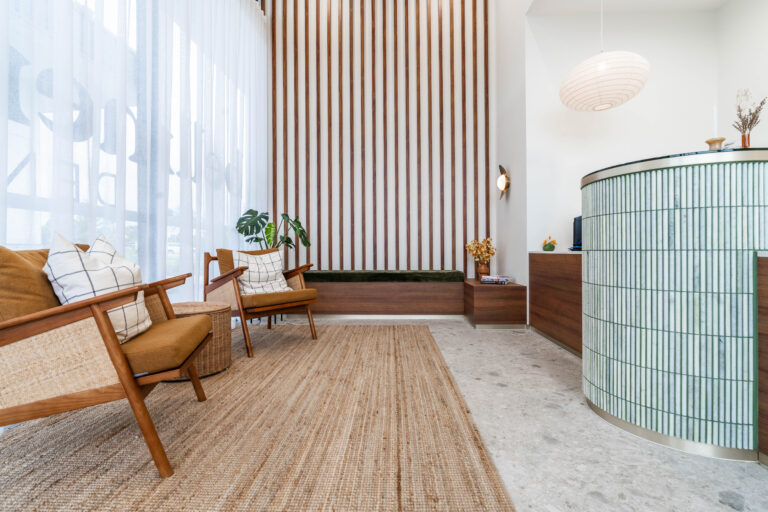Your waiting room is more than just a place for patients to sit before their appointment—it sets the tone for their entire experience. The right furniture for a clinic waiting room can make patients feel welcome and at ease while reinforcing a professional image. But finding the perfect balance between comfort, durability, and hygiene isn’t always straightforward.
From ergonomic seating to smart space planning, every decision impacts how patients feel the moment they walk in. Whether you’re setting up a new clinic or upgrading an existing space, choosing the best clinic waiting room furniture will help create an environment that is both practical and inviting.
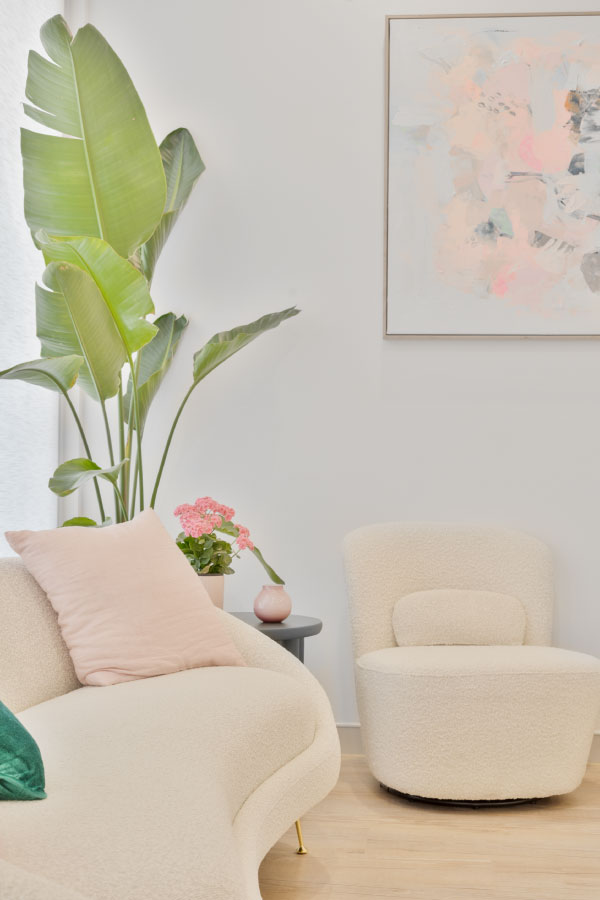
Why Waiting Room Furniture Matters
First impressions are important. The moment a patient enters your clinic, their environment impacts their feelings about the visit. A thoughtfully designed waiting area, equipped with comfortable seating and an organised layout, establishes a reassuring atmosphere.
More than just aesthetics, your choice of furniture also affects functionality. Well-placed seating can improve patient flow, while easy-to-clean materials support hygiene standards.
Beyond design, furniture should also meet practical needs. Patients of all ages and physical conditions use your waiting area, so seating should be supportive and accessible to everyone. Durable materials are essential to withstand frequent use, and surfaces should be easy to disinfect to maintain a hygienic environment. When chosen well, clinic waiting room furniture becomes an extension of the quality care you provide.
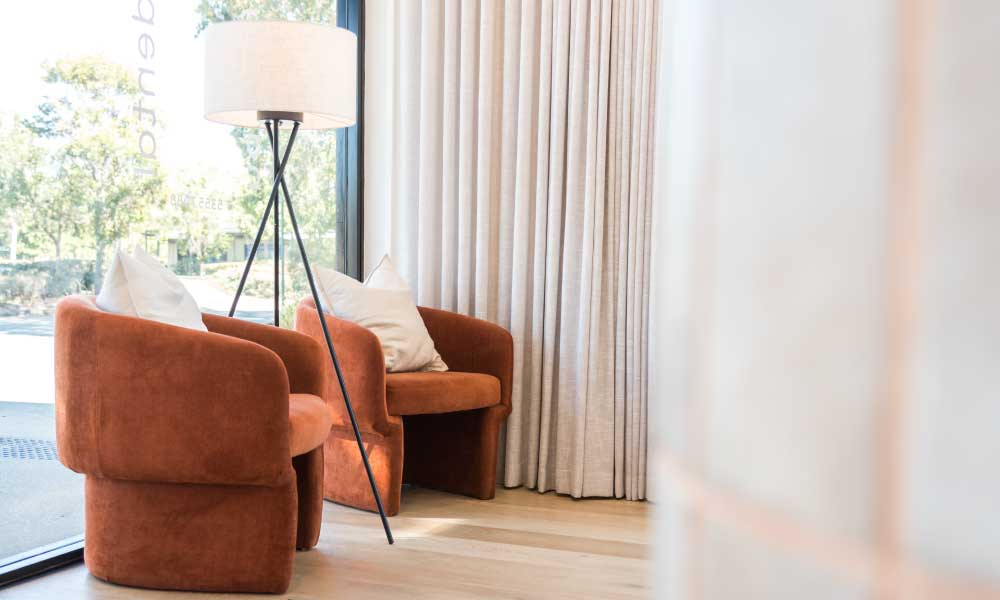
Key Considerations When Choosing Waiting Room Furniture
Comfort and Ergonomics
Patients may spend anywhere from a few minutes to several hours in your waiting area. If the seating is uncomfortable, even a short wait can feel much longer. Chairs with proper back support and cushioning make a significant difference, while armrests help elderly patients or those with mobility challenges sit and stand with ease.
Modular seating is a great option for clinics that experience fluctuating patient numbers throughout the day. It allows for easy rearrangement based on space and demand. Offering a variety of seating heights can also improve accessibility, ensuring that all patients feel supported while waiting.
Durability and Hygiene
Unlike residential or office furniture, clinic waiting room furniture faces heavy daily use. High-traffic areas require materials that can withstand wear and tear while maintaining a clean and professional look.
Upholstery should be stain-resistant, antimicrobial, and easy to wipe down. Vinyl and leatherette are popular choices in healthcare settings because they resist moisture and are simple to disinfect. Powder-coated metal frames offer additional durability, helping furniture last longer without looking worn.
While healthcare-specific furniture may have a higher initial cost, investing in quality now can prevent frequent replacements and maintenance issues later. Choosing non-porous surfaces and moisture-resistant materials will also help keep the space clean and compliant with hygiene standards.
Accessibility and Inclusivity
Your waiting room should be comfortable and accessible for every patient, including those with mobility challenges. Wheelchair-accessible spaces, bariatric seating, and chairs with armrests all help create a more inclusive environment. Designers should also include wide, unobstructed walkways to make movement easier.
Meeting Australian accessibility standards isn’t just a legal requirement—it’s a way to show patients that your clinic prioritises their comfort and care. A well-designed space accommodates all patients, meeting their needs and helping them feel at ease.
Space Planning and Layout
A waiting room should feel open, organised, and welcoming. If the space is too crowded, it can create stress for patients. If it’s too sparse, it may feel uninviting. Finding the right balance is key.
Instead of placing chairs in long, rigid rows, consider small seating clusters to create a more comfortable and social setting. This arrangement can make the space feel less clinical while still being practical.
For clinics with limited space, built-in benches or modular seating can maximise capacity without making the area feel cramped. Place reception desks strategically to create a welcoming entry point and help staff manage patient flow effectively.

Choosing the Right Colours and Materials
The colours and materials in your waiting area influence how patients feel while they wait. Soft, neutral tones—such as light blues, greens, and greys—help create a calming atmosphere. Natural wood or fabric finishes can add warmth, making the space feel more inviting.
Bright, harsh colours can feel overwhelming, so it’s best to use them sparingly, if at all. Instead, small accents in artwork, cushions, or décor can add personality without overpowering the space.
Beyond aesthetics, material choice is equally important. Upholstery should be both comfortable and easy to clean, while flooring and table surfaces should resist stains and moisture. Selecting durable, well-crafted pieces ensures that your waiting area remains professional and welcoming for years to come.
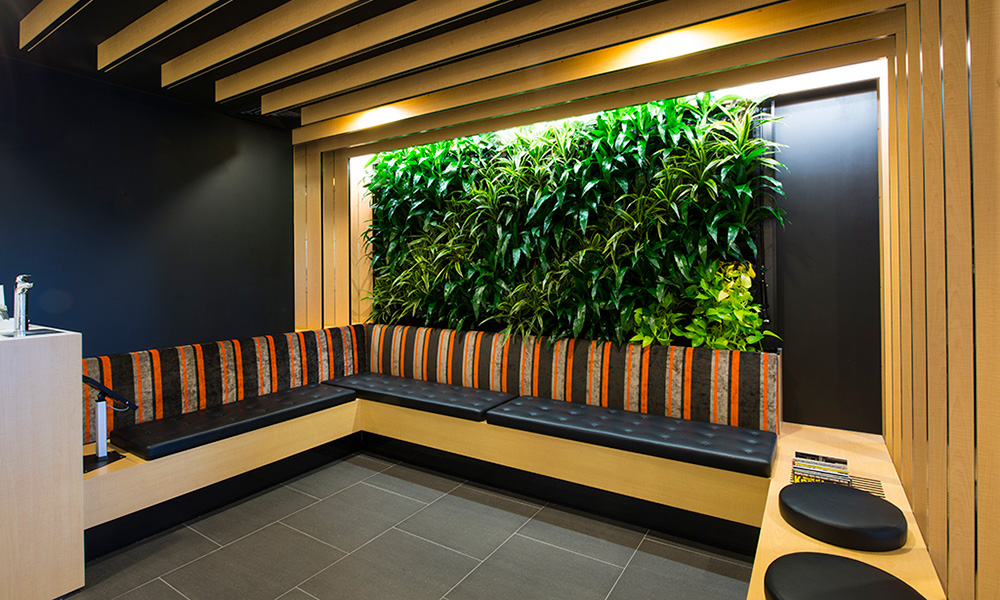
Essential Furniture for a Clinic Waiting Room
A well-designed waiting room includes more than just seating. Reception desks, tables, and storage solutions all contribute to the space’s functionality.
Seating is the most important component. A combination of individual chairs, modular seating, and lounge chairs provides variety and ensures that patients can sit comfortably. Include bariatric seating to accommodate all body types.
Side tables offer a place for reading materials and personal items, while well-placed storage cabinets help keep the space tidy and organised.
A functional reception desk is just as important as seating. Position it for clear visibility and easy access, ensuring enough workspace for administrative tasks and patient check-ins. Adjustable height counters improve accessibility for all patients, making the reception area more inclusive.
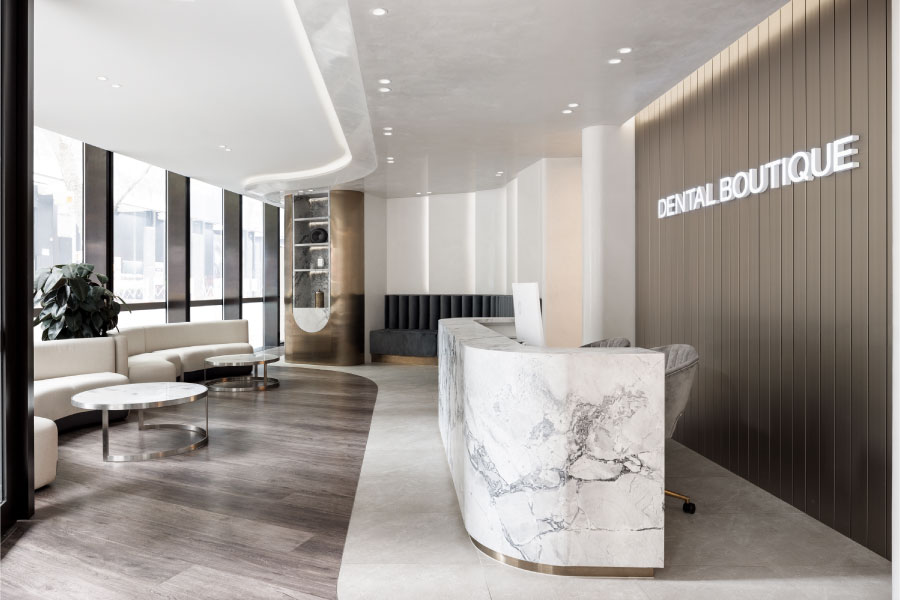
Balancing Budget and Quality
Investing in high-quality furniture for a clinic waiting room is a long-term commitment. While budget constraints are a reality, opting for the cheapest options often results in more frequent replacements and higher overall costs.
Choosing durable, well-made furniture from healthcare-specific suppliers ensures longevity and compliance with safety standards. Consider warranty coverage and maintenance plans to protect your investment over time.
For clinics looking to upgrade their waiting room on a budget, making gradual improvements can be a practical solution. Start by replacing worn-out seating, then move on to updates like tables, décor, and lighting to refresh the space over time.
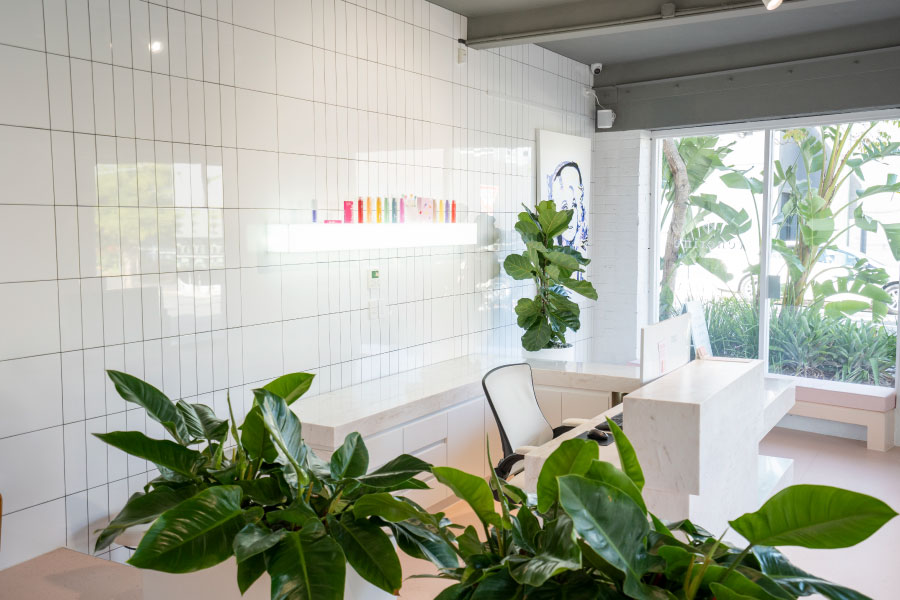
Final Touches to Create a Welcoming Space
Beyond furniture, small details can make a big difference in the overall patient experience. Soft, warm lighting creates a more inviting atmosphere, while indoor plants or framed artwork add a touch of personality.
Incorporating technology, such as digital check-in kiosks or charging stations, can improve efficiency and convenience for patients. Music or white noise can also help mask background sounds, making the space feel more comfortable and less clinical.
These finishing touches help transform a waiting area from a purely functional space into one that feels welcoming and professional.
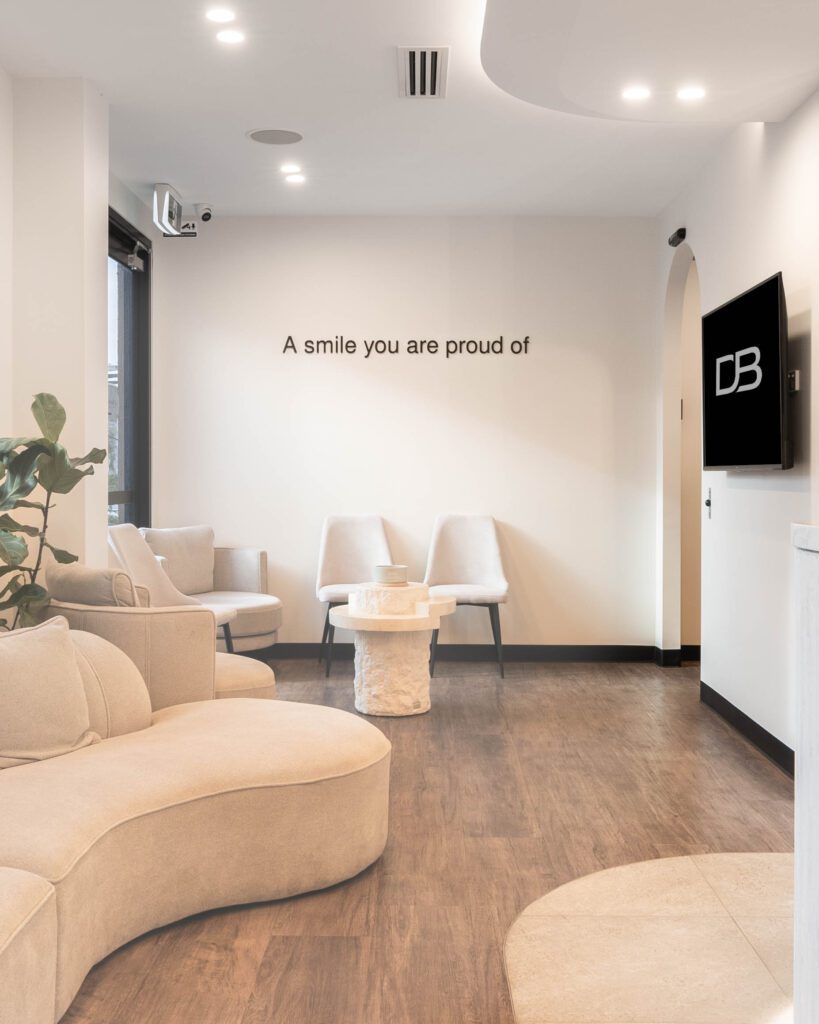
Furnish Your Dream Waiting Room with RiteSpace Construction
Choosing the right furniture for a clinic waiting room isn’t just about aesthetics—it’s about creating a space that feels comfortable, functional, and accessible for every patient. Thoughtful choices in seating, layout, materials, and colour schemes can turn a waiting area into an environment that reassures and welcomes patients while maintaining high standards for hygiene and efficiency.
At RiteSpace Construction, we specialise in designing medical, dental, and veterinary spaces that are both practical and welcoming. Whether you’re starting a new practice, upgrading an existing clinic, or undertaking a turn-key fit-out or base build, investing in high-quality waiting room furniture can enhance the patient experience and improve your clinic’s efficiency.
For expert advice on clinic fit-outs and waiting room design, get in touch with RiteSpace Construction today. If you’re looking for inspiration for your build, take a peek at our project page or download our free eBook for some of the most exciting trends today.

